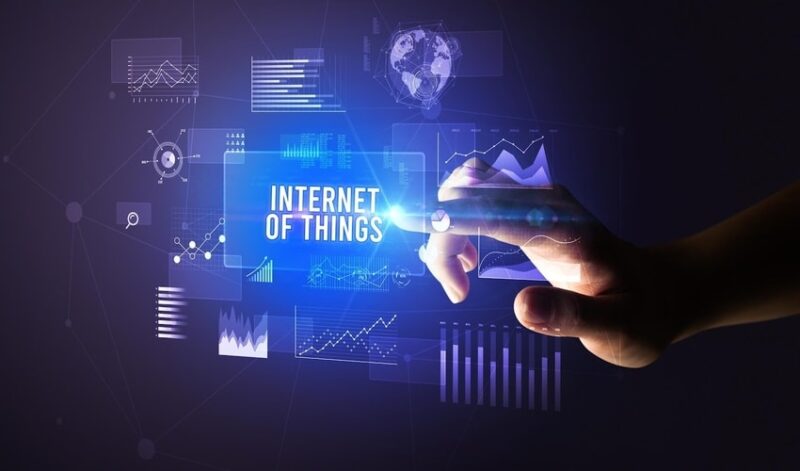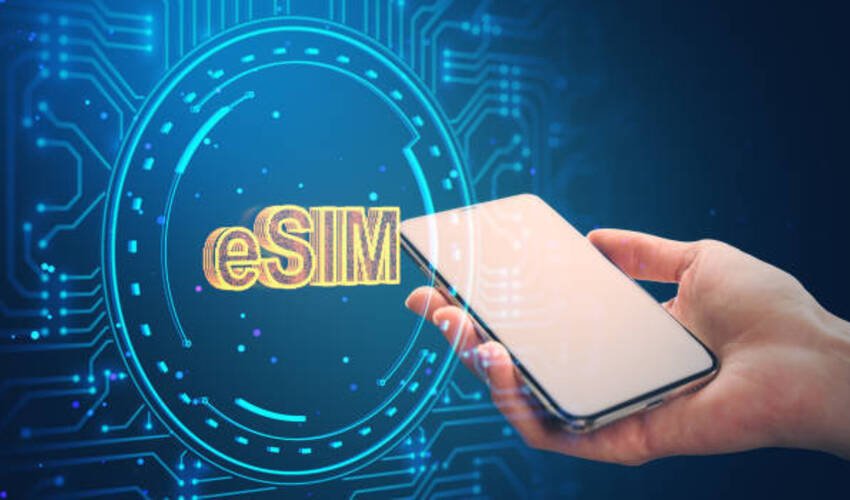Research has shown that by 2023, the IoT Platform market will reach $22.3 billion. The world is experiencing an explosion in the deployment and solutions of IoT devices. The backbone of these emerging deployments is the IoT platforms.
The platforms are key for developing scalable IoT applications and services that connect the real and virtual world between objects, systems, and people. The IoT platform unites IoT and data science, protects your data and is easy to deploy.
IoT architecture is solution-oriented, and recognizing the key components of the architecture and how to integrate them can be a challenge. In this article, you will be able to read about all there is about IoT platform architecture.
Internet of things
The Internet of things (IoT) is the intelligent networking of physical objects through embedded sensors, processing ability, software, and other technologies. These devices connect and exchange data with other devices and systems over the internet or other communication networks. IoT enables physical devices to communicate with the physical world by converting a physical parameter into an electrical signal. It then transmits the bitstream through the network at the electrical, optical, and radio level. The communication extracts actionable insights and creates advanced applications from huge data streams.
The synergistic relationship between devices, networks, sensors, and software ushers in a new world of opportunities for revenue generation, cost reduction, and process optimization in consumer, business, and industrial applications. IoT is penetrating all aspects of our lives and generating value across industries, from automatic driving, smart lighting, smart devices, and so on.
Layers of IoT architecture
All IoT systems have a layered architecture which is made up—but not entirely limited—of the following:
- Perception
- Network
- Connectivity
- Application and
- Business layers.
- Perception:
The perception layer is the physical layer that has sensors for sending and gathering information from the environment. It senses physical parameters from the environment for smart objects. The perception layer transforms analog signals into digital form and vice versa. Suffice it to know; there is no limitation of location or distance between two or more IoT devices.
- Network
The network layer is a bridge between the connection of smart things, network devices, and servers. It is also known as the transmission layer and has a feature for transferring and processing data. The medium of transferring data can be wireless or wired-based.
- Connectivity:
In the connectivity layer, communication takes the central stage. The connectivity layer provides a conduit for data acquisition, remote access, and control. Using reliable, secure, and trustworthy connectivity management allows IoT devices to be connected and interoperate almost anywhere. This communication takes place via two methods:
– Either by TCP or UDP/IP stack
– Gateways.
In this current clime of IoT connectivity, efficiently managing multi-protocol, multi-layer, and multi-network connection is critical to achieving security, productivity, and flexibility.
- Application:
Data is further processed and analyzed to gather business intelligence in the application layer. Here, the IoT systems get connected with the middleware that can understand data more precisely. It takes a role to deliver application-specific services to the users.
Examples of application layer include:
– Business decision-making software
– Device control and monitoring services
– Mobile application for further interactions
- Business:
The business layer applies the data procured to the business planning and strategy. It mainly focuses on the management of the IoT system, including application, business, and profit models and the user’s privacy. Business owners and stakeholders use the accumulated data from the past to plan precisely for the future.
Functional blocks of IoT architecture
All IoT models comprise four functional blocks:
- Hardware (devices)
- Processors
- Gateways
- Applications
- Hardware:
The sensors and devices help in collecting very minute data from the environment. The data range across several complexities, from a simple temperature monitoring sensor to a full video feed. An IoT device can have multiple sensors to work together to do more than sensing only one thing. In the IoT architecture, the rudimentary step remains to pick and collect data from the surrounding environment.
- Processors:
These are the brains of the IoT system. Their main role is to process data captured by the sensors and process them to extract the valuable data from the humongous volume of raw data collected. They work on a real-time basis and are responsible for securing the data.
- Gateways:
Gateways are responsible for routing the processed data and sending it to the appropriate location for proper utilization. This ensures that the data collected by the IoT devices are sent to a cloud infrastructure, but it needs a medium of transport. It helps in the two and for communication of the data. It provides network connectivity to the data. Some of the examples of the network layer include the LAN, WAN, PAN, etc.
- Applications:
The applications form another end of an IoT system. They are essential for the proper utilization of all the data collected. They are responsible for rendering effective meaning to the data collected. Applications are controlled by end-users and are a delivery point of particular services.
The value of a strong IoT architecture
IoT solutions require different architectures that you might not be comfortable with. As you move your business forward, you must understand this architecture. Building a reliable, secure, and scalable application with a highly-distributed system requires a strong foundation.
Freeeway provides IoT connectivity Everywhere for Everything and Every time. We offer IoT managed services to enable companies in all industries to succeed in the connected world.
Read Dive is a leading technology blog focusing on different domains like Blockchain, AI, Chatbot, Fintech, Health Tech, Software Development and Testing. For guest blogging, please feel free to contact at readdive@gmail.com.





